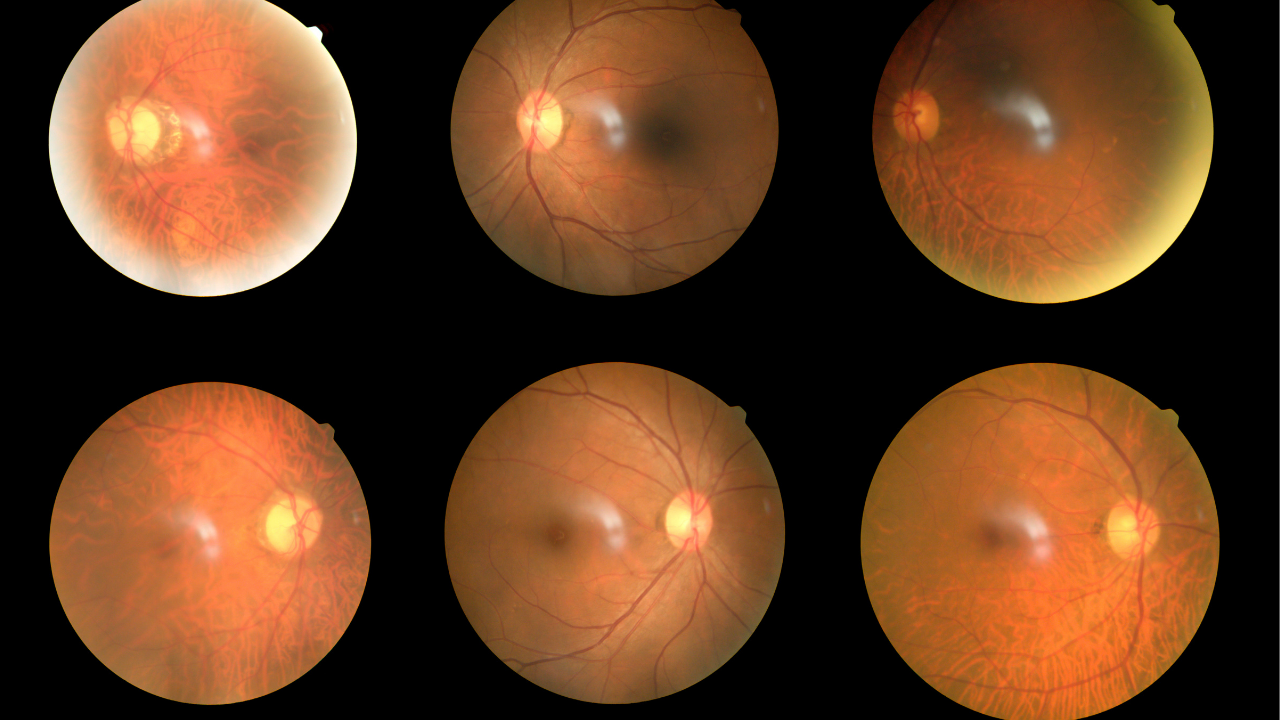What is Ozempic?
Ozempic (semaglutide) is an injectable antidiabetic medication used to treat type 2 diabetes.
It is also used for chronic weight management in patient’s whose BMI is equal or more than 30 or if your BMI is more than 27 and you have a weight associated comorbidity such as high blood pressure or an abnormal lipid profile.
How does Ozempic work?
Ozempic belongs to a family of medications called GLP-1 agonist. GLP-1 stands for glucagon-like peptide-1. Ozempic is able to bind itself to the GLP-1 receptor thus activating the receptor.Now these receptors are found in different areas of your body including your pancreas, in your peripheral and central nervous system, GI, lungs, kidneys and cardiovascular system. Note all these organs, yes the brain and the CNS, in particular your brain. Ozempic works through a more sophisticated and complex pathway is to reduce food intake. In other words it helps curb your appetite. Also it takes longer for your stomach to empty so you feel fuller longer.
In your pancreas Ozempic helps lower your blood sugar by increasing pancreas insulin production. It also suppresses another hormone called Glucagon .In this way your liver does not produce too much sugar.
Ozempic dosing and administration:

Here are the doses forms for the injectable Ozempic:
1 prefilled 2mg pen of 2mg/1.5ml
2 prefilled 1mg pens of 2mg/1.5ml
1 prefilled 2mg pen of 2mg/3ml
1 prefilled 4mg pen of 4mg/3ml
1 prefilled 8mg pen of 8mg/3ml
You provider would usually start you at the lowest dose of 0.25mg which is injected under the skin. This has given weekly for four weeks. Depending on your goals of care your provider can increase your dose to 0.5 milligrams weekly. If need be your provider can further increase your dose to 1 milligram weekly after a week.
Ozempic contraindications:
You should not take this medication if you have a family history of a rare type of cancer called medullary thyroid cancer. You should take Ozempic if you have multiple endocrine neoplasia syndrome 2(also known as MEN 2.)
What you need to know: 10 tips

Tips
1.Ozempic increases the risk of a certain type of thyroid cancer.Mind you this was discovered in mice and rats.The type of cancer was thyroid c cell tumors.If you have difficulty swallowing or you feel a mass in your neck area follow up with your healthcare provider.
2.If you are a diabetic and you are on other oral antidiabetic drugs such as Glipizide who have an increased risk of low blood sugar also called hypoglycemia.Symptoms of hypoglycemia are feeling dizzy, confused, shakes and sweats. If you do have low blood sugar you grab some OJ or a piece of cookie to increase your blood sugar level.
3.There is a slightly increased chance of worsening kidney disease especially if you have pre-existing kidney disease or you are taking medications which can affect kidney function such as NSAIDS, diuretics or ACE-inhibitors.Make sure your health care provider is monitoring your renal parameters regularly.
4.There has been an associated increased incidence of an eye disease called diabetic retinopathy. Regularly follow up with your eye doctor.

5.One of the side effects is acute pancreatitis. Main symptoms of acute pancreatitis are nausea & vomiting, abdominal pain radiating to your back, palpitations as well as indigestion
6.If you are having symptoms of shortness of breath, difficulty swallowing, hives, itching, facial swelling, lip swelling or throat swelling call your healthcare provider ASAP or go to the ER ASAP
7.Ozempic (Semaglutide) is recommended to be taken on the same day each week. If you need to change the day discuss this with your health care provider first. The day can be changed, however, as long as the time between your doses is at least 2 days.
8.If you are type one diabetic you cannot use this medication.
9.If you have unused Ozempic, store it in your refrigerator. The temperature should be 36-46 degrees Fahrenheit or 2-8 degrees Celsius.
10)All medications have side effects. You might have no or mild side effects while taking a medication.Some other individuals might have moderate to severe side effects. This is not a complete list but the most common side effects associated with Ozempic are:
- GI side effects such as nausea, vomiting or diarrhea (5-20%)
- Constipation(3-5%)
- Fatigue (11%)
- Hair loss 3-4%
- Gallstones 0-4%
- Runny nose, sore throat 12%(adolescents)
- Dizziness 8%
If you are interested in other videos click right here.
Sources:
https://www.accessdata.fda.gov/drugsatfda_docs/label/2017/209637lbl.pdf






